The Best Choice Of Auto Parts Cleaning
Granbo Ultrasonic Parts Cleaner
Benchtop Ultrasonic Cleaner - Household & Commercial
Granbo Ultrasonic Parts Cleaner
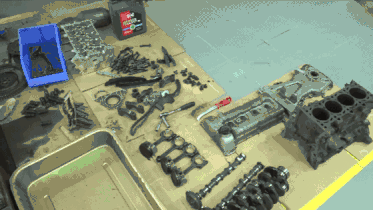
This is a guide to choose an ultrasonic cleaner for bike, motorbike and carburetors auto parts, explaining why to select the best model for you. A grain of sand in a carburetor can stop the most powerful of auto/motorbike engines. In the World of carburetors, cleanliness is king.
Auto part repair/rebuild, motorcycle manufacturing companies can rely on ultrasonic cleaning technology to remove dirt and contamination from various parts and components of bikes and auto cars far faster and more quickly cheaply than traditional cleaning methods.
Ultrasonic cleaning is powerful enough to remove tough paint, oils, rust, glued-on gaskets, and heavy layers of baked-on carbon in the tiniest of crevices and can make parts and components look like new.
Why you need ultrasonic cleaning?
When the auto parts (like carburetors injector nozzle engines) get dirty, how to clean them quickly?
Auto parts like carburetors and injectors are small and complicated accessories, making cleaning them difficult. They have narrow passages to regulate the flow of fuel and air. When they become clogged, they affect the engine’s ability to run.
While this can be frustrating, the best part is that there is a carb cleaning solution to getting your carbs clean with advanced formulations and technologies: ultrasonic cleaning!
Ultrasonic cleaning uses ultrasound to agitate a carb fluid solution, which facilitates cleaning items at a microscopic level. Including hard to see places.
While one can use water to enhance the cleaning process, using a unique formulation appropriate for the item being cleaned and the soiling type is often advised, thus ensuring better cleaning results.
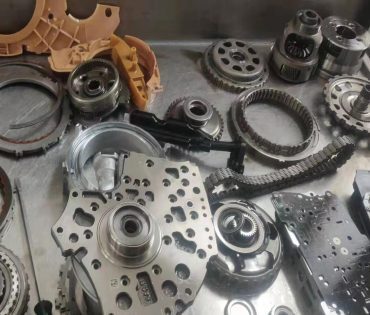
At the heart of any ultrasonic cleaner is a transducer. This is the component that produces the ultrasonic cleaning waves. The more transducers fitted to an ultrasonic bath, the better the cleaning will be. If you want to clean many carburetors together, the 10-30 liter digital model will be the best size for you.
Power Adjustable
20-80℃
1~30mins Adjustable
30L Tank capacity
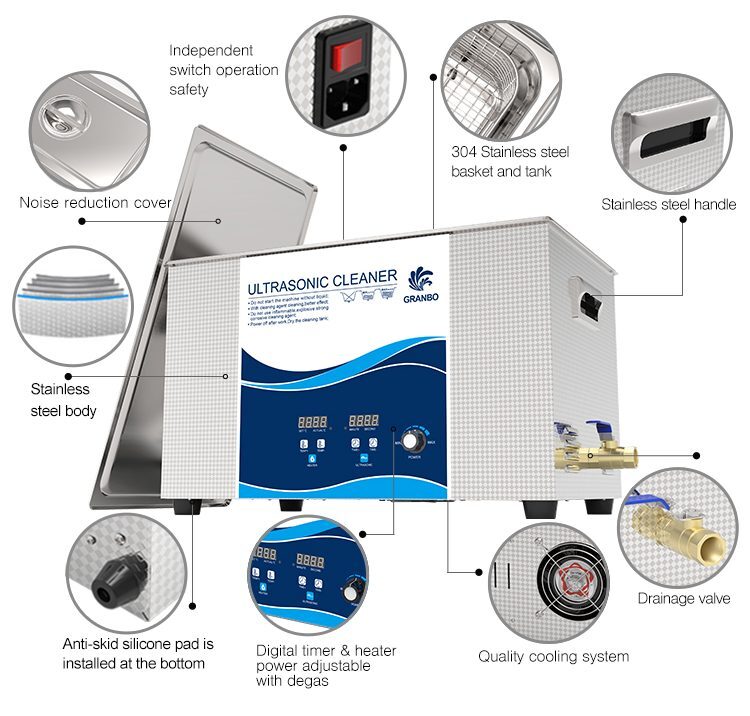
Features
Digital control panel + Timer + Heater + Degassing+Power Adjustable
SUS304 Stainless steel tank and basket has resistance to wear and long work life.
Use just tab water, or industrial alcohol and solvent cleaner for higher cleaning requirement
Industrial control chip microcontroller. Flexible circuit boards control, more secure & stable
Parameter
Model:GT1530
Ultrasonic power:0-900W
Tank capacity:30L
Heating power:600W
Tank size:500*300*200mm
Frequency:40KHz
Unit size:530*330*330mm
Tank material:SUS304
Timer:Digital 1~99min adjustable
Housing material:SUS201
Heater:20°C – 95°C
Voltage:AC 100~120V, 60Hz AC 220~240V, 50Hz
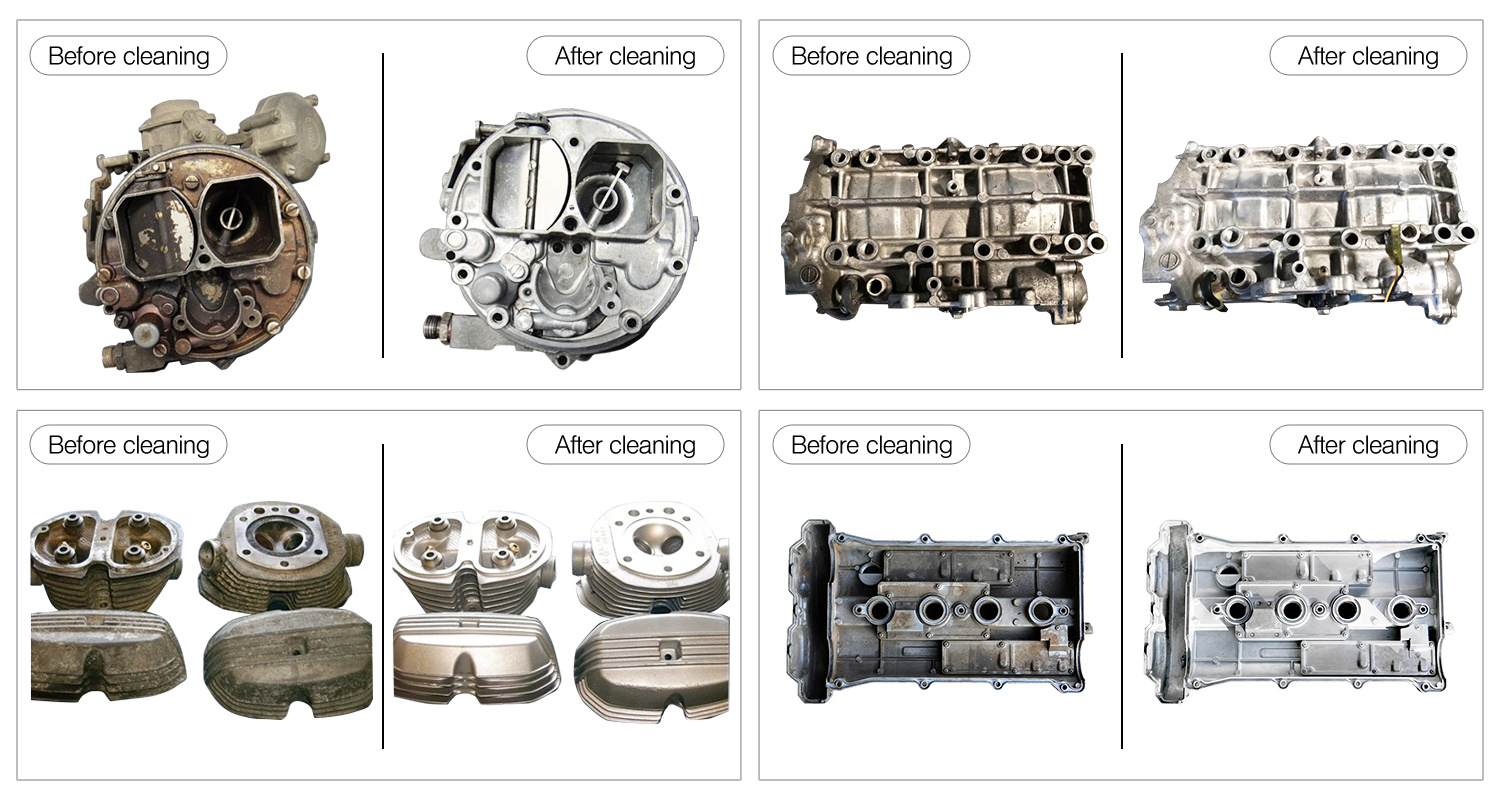
Efficiently Removing: carbons, metal shavings, lubricants
rusts, carcinogens, varnishes and paints, oil and grease, dirt, dust, and grime
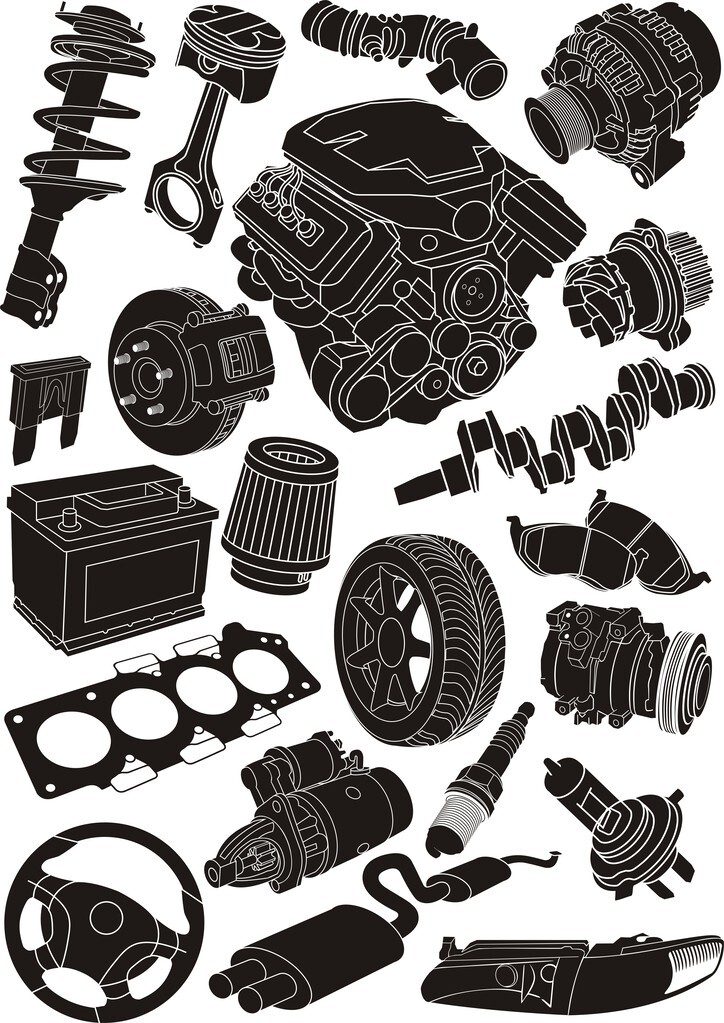
Tips for maintaining ultrasonic cleaning fluid for auto parts
Different cleaning solutions will work well with your carburetors and injectors. These could range from alkaline solutions, acidic formulations, de-ionised water, mild alkaline solutions, high-caustic or neutral chemicals.
All you need is water and a specific cleaning fluid to put into the tank. Proper ultrasonic cleaning solution should be used for automotive mechanical parts.
Oils that float on the surface of the ultrasonic cleaner tank should be skimmed off and disposed of properly. When the solution becomes discolored or takes longer to clean, it is time to replace the solution.
Drain the tank and dispose of the waste solution in accordance with local regulations. Take the time to remove any sludge that has settled to the bottom of the tank. Clean the tank using the manufacturer’s recommended cleaning procedure.
What properties must the fluid have to effectively clean auto parts?
The cleaned metal should be safe, preferably with antirust.
The cleaning fluid should remove both oxidation and dirt.
The formulation should remove gasoline residues, carbon deposits and grease.
Note:
Be careful, anything that is caustic or contains sodium hydroxide will react with aluminum.

